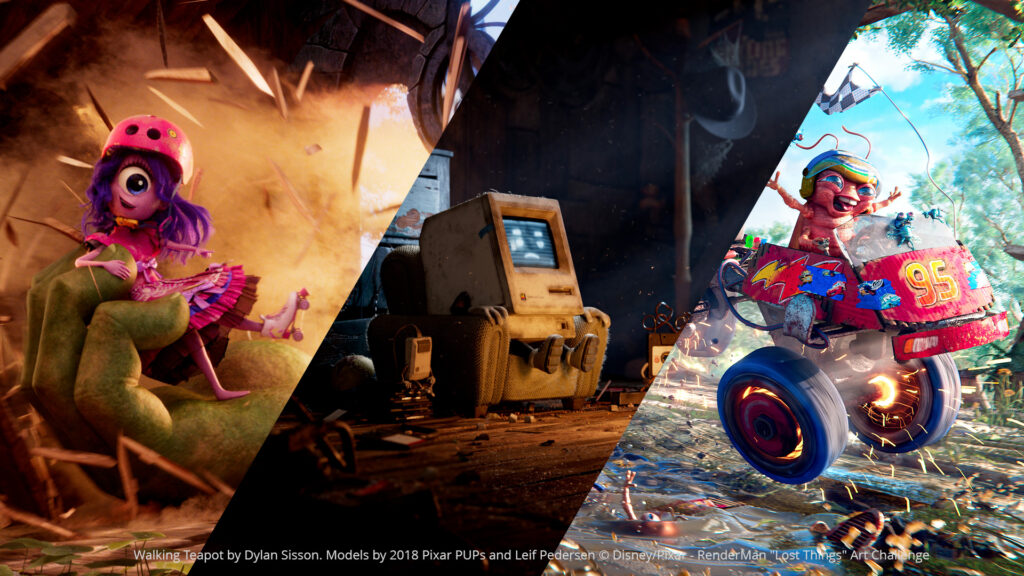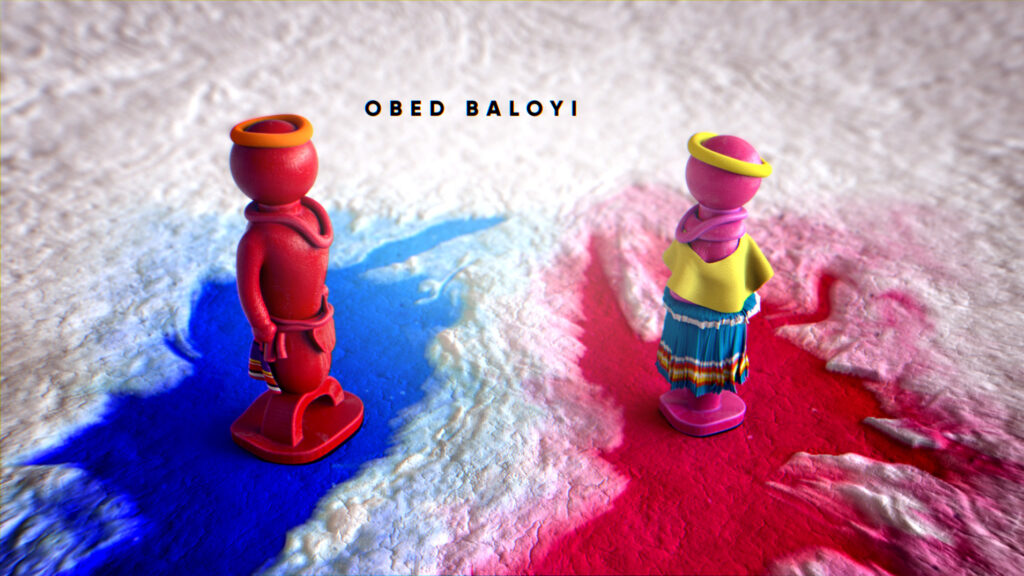Expert’s words: Leon Denise, Freelance technical artist
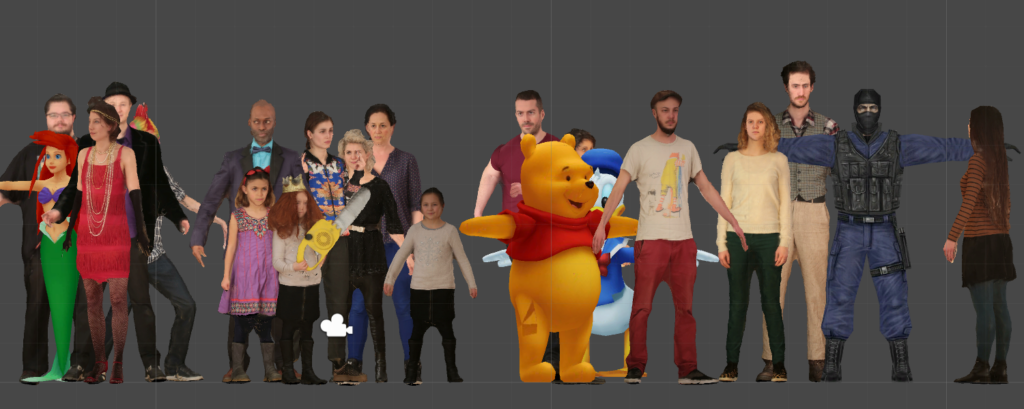
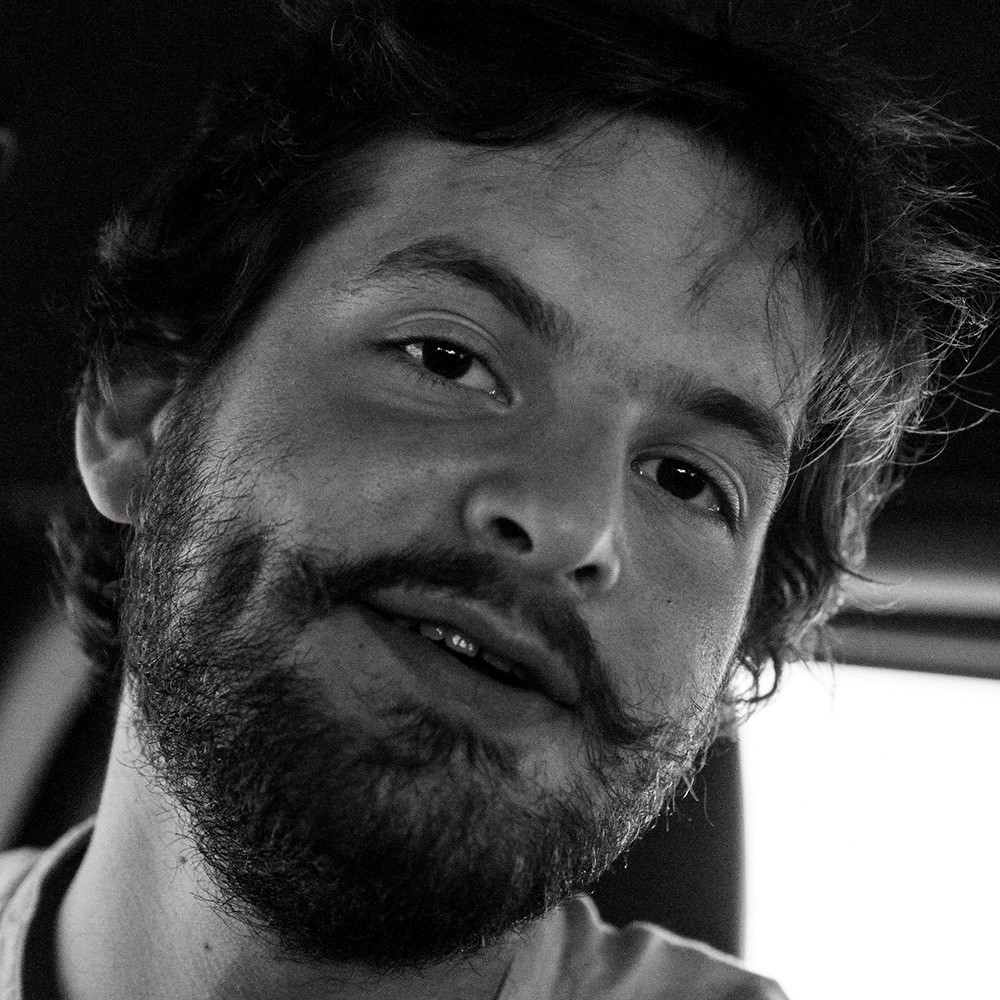
Léon Denise has graduated from the ICAN School and also the EGCI Graduate School, both located in Paris. He became famous as a CG artist at Lardux & Arte Creative before starting to develop websites and web games. Nowadays, as a freelance Technical Artist, he shares its expertise to the demoscene and shader coding sphere.
You have started by creating pre-calculated 3D images and then you shifted to real-time. Why? What are the pros for using real-time rather than “traditional” 3D?
Real-time is linked to video games, interaction, stage performance. It allows to change 3D images thanks to the controller or as well sensors such as a camera or microphone. You can explore, discover new worlds and create generative systems to produce emerging behaviours.

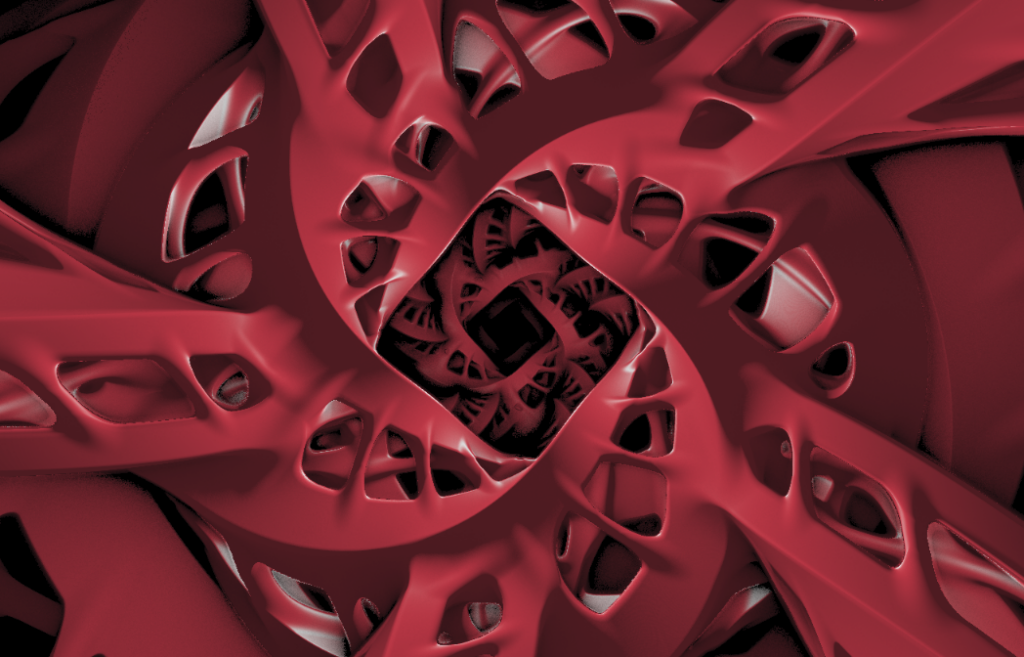

You animated some point clouds thanks to photogrammetry. Can you tell us more about this technique and your artistic approach?
The point clouds aesthetic is fascinating because it represents a volume composed of many particles. Like a grain of sand or a drop, we can elaborate simple rules that will make emerge complex behaviors. Thus, alike someone caught in a storm, the points animate themselves in an organised collective chaos. I use the software Agisoft Photoscan in order to generate such point clouds. I proceed by exporting the position, the color and the normal of these points. Then, I upload this data in the game engine Unity3D and I procedurally create particles from the point cloud. These particles are animated thanks to shaders that modulate the position and the velocity of each point. My artistic approach is based on mistake: it is inspired by scientific experimentation, empirical approach and serendipity. I design tools which allows to improvise, explore and discover new ways to perceive realities.

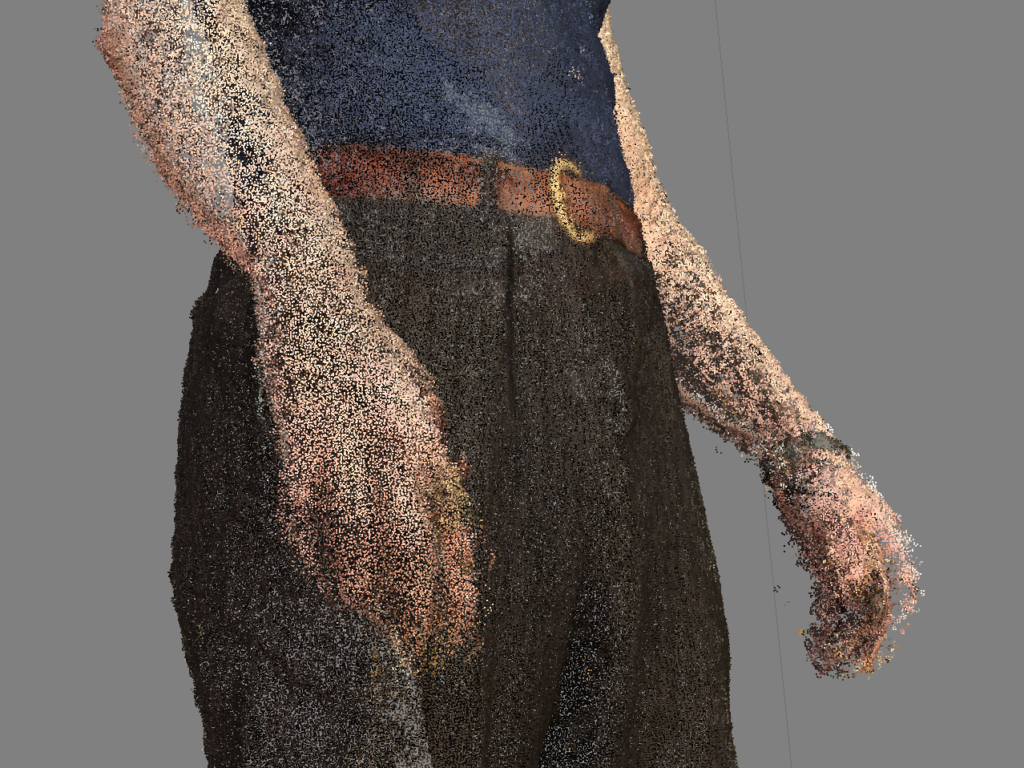
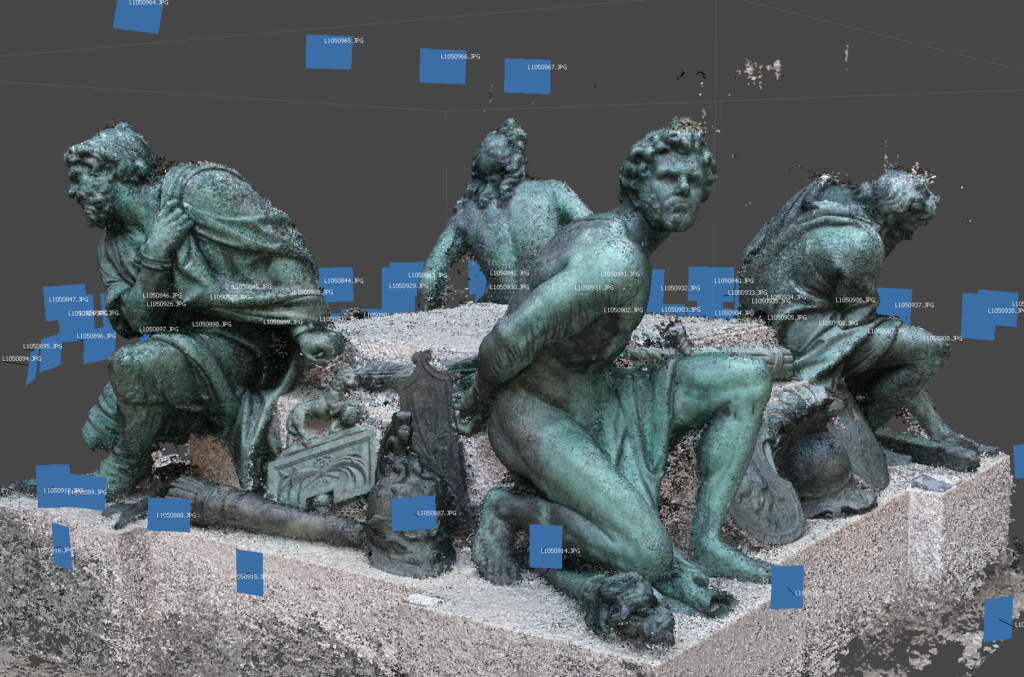
You won the Demo Party VIP final with your project « from brain with love ». What were the biggest difficulties of this very technical creation?
The hardest was to strike a balance between aesthetics and performance. As an artist, you want to indulge a concept, no matter how many brushstrokes it takes. However, as a programmer, you always want to optimize the cost in rendering performance. That is the reason why you need to make aesthetical choices based on technical restraints. This is the very essence of real-time numerical art.


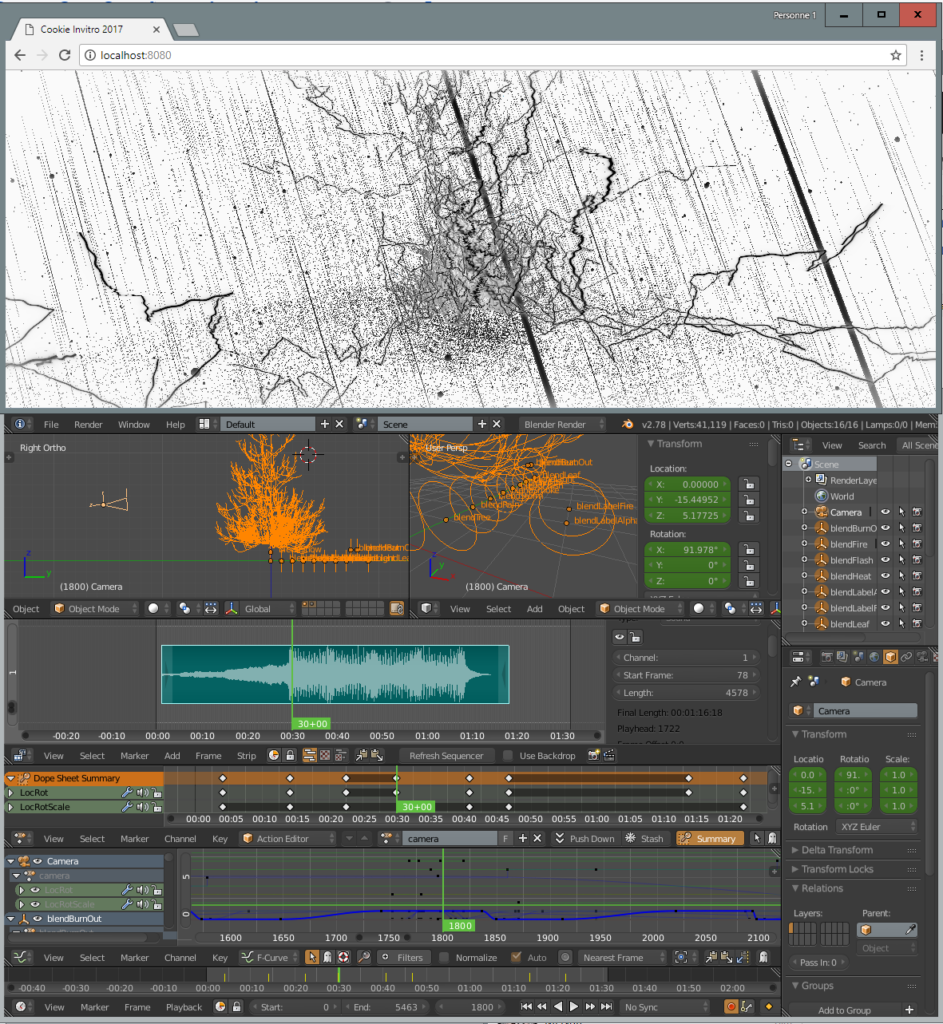
- Portfolio of Léon Denise : http://shaderland.com/
- From brain with love : http://leon196.github.io/season/index.html

